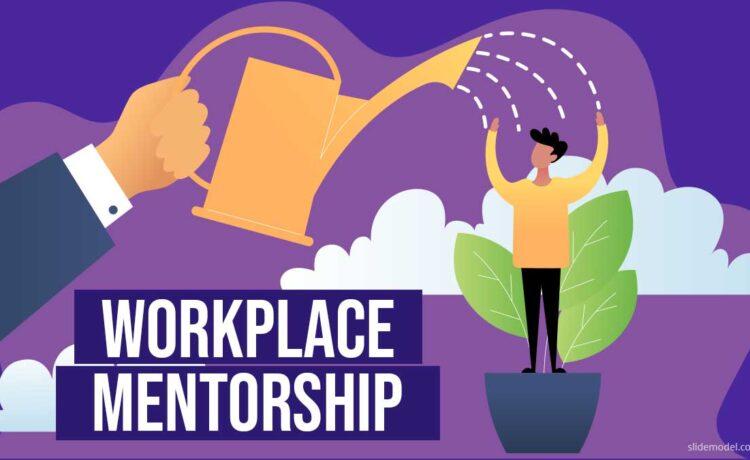Introduction
Mentoring is a professional relationship in which an experienced person (the mentor) supports and guides a less experienced person (the mentee) in their personal and professional development. Mentoring can take many forms, from informal conversations between colleagues to structured programs with clear goals and expectations. In recent years, mentoring platforms have emerged as a way to facilitate mentoring relationships and improve program outcomes. In this blog post, we will understand why structured mentoring programs are essential for employee development and organizational success and how a mentoring platform can help.
Benefits of Structured Mentoring Programs
Skill development and knowledge transfer: Mentoring provides an opportunity for mentees to learn from their mentors’ experience and expertise. Mentors can share knowledge, skills, and best practices that are essential for success in their field. Mentees can develop new skills, gain confidence, and expand their professional networks.
Career advancement opportunities: Mentoring can help mentees identify and pursue career goals, and prepare for advancement opportunities. Mentors can provide guidance on career paths, job search strategies, and interview preparation. Mentees can gain exposure to new job roles and industries, and develop the skills and networks necessary to succeed.
Increased employee engagement and retention: Mentoring can increase employee engagement and job satisfaction by providing a sense of purpose, direction, and support. Mentees feel valued and supported, which can lead to increased loyalty and retention. Mentors also benefit from the sense of fulfillment that comes from sharing their knowledge and expertise.
Diversity and inclusion: Mentoring can play a critical role in promoting diversity and inclusion in the workplace. Mentoring can help break down barriers and promote understanding across diverse groups. Mentors can provide guidance and support to mentees from underrepresented groups, helping to level the playing field and promote equity.
Higher job satisfaction: Mentoring can contribute to higher job satisfaction by providing a sense of purpose, direction, and support. Mentees who receive guidance and support are likely to feel satisfied with their jobs and their careers.
Key Components of a Successful Mentoring Program
Clear goals and expectations: Successful mentoring programs have clear goals and expectations that align with the organization’s mission and values. Mentors and mentees should have a shared understanding of what they hope to achieve through the mentoring relationship.
Selection and matching process: Successful mentoring programs use a rigorous selection and matching process to ensure that mentors and mentees are a good fit. The selection process should consider factors such as skills, experience, personality, and career goals.
Training and support for mentors and mentees: Successful mentoring programs provide training and support for mentors and mentees to ensure that they have the skills and knowledge necessary to succeed in their roles. This can include training on communication, goal setting, feedback, and mentoring best practices.
Regular communication and feedback: Successful mentoring programs require regular communication and feedback between mentors and mentees to ensure that the relationship is progressing and that both parties are benefiting from the experience. Regular check-ins and scheduled meetings are critical to maintaining momentum and ensuring that goals are being met.
Evaluation and continuous improvement: Successful mentoring programs use data and feedback to evaluate program effectiveness and identify areas for improvement. Mentoring program managers should regularly solicit feedback from mentors and mentees to understand what is working well and what could be improved.
Challenges and Solutions
Implementing a structured mentoring program can present some challenges. Some of the common challenges include:
Lack of time and resources: Mentoring requires time and resources, which can be a challenge for organizations with limited budgets or understaffed HR departments. Investing in a mentoring program may require some prioritization and budget allocation.
Resistance to change and lack of buy-in: Mentoring programs may face resistance from employees who are hesitant to participate in the program or who don’t see the value in mentoring. To overcome this challenge, organizations need to communicate the benefits of mentoring and create a culture that values mentoring relationships.
Overcoming bias and ensuring fairness: Mentoring programs can unintentionally reinforce bias if mentors are disproportionately matched with mentees who share their demographic characteristics or if underrepresented groups are excluded from the program. Mentoring programs need to be designed to ensure fairness and promote diversity and inclusion.
Leveraging technology for scalability and effectiveness: Technology can be leveraged to make mentoring programs more scalable and effective. Mentoring platforms can facilitate matching, communication, and tracking of progress, making it easier to manage the program and track outcomes.
Conclusion
Structured mentoring programs are essential for employee development and organizational success. Mentoring can provide many benefits, including skill development, career advancement opportunities, increased employee engagement and retention, diversity and inclusion, and higher job satisfaction. To be successful, mentoring programs need to have clear goals and expectations, a rigorous selection and matching process, training and support for mentors and mentees, regular communication and feedback, and a focus on evaluation and continuous improvement. Mentoring platforms can facilitate mentoring relationships and improve program outcomes by providing technology that makes mentoring programs more scalable and effective. Investing in a structured mentoring program can be a valuable investment for organizations looking to develop their employees and drive organizational success.







